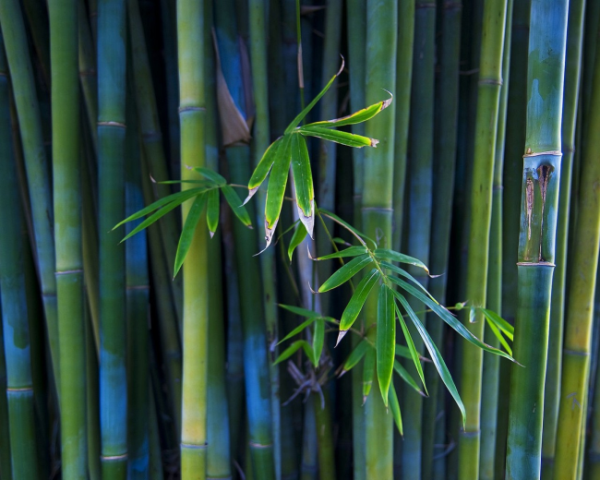
Title: Praying Mantis: The Master of Camouflage and Lethal Precision
Introduction:
Welcome to the fascinating world of the praying mantis, where stealth, precision, and adaptability reign supreme. With a wide array of species distributed across the globe, these fascinating creatures have captivated the attention of scientists and nature enthusiasts alike. In this article, we will delve into the intriguing life of the praying mantis, exploring its anatomy, behavior, and unique hunting techniques through case studies and scientific research.
Anatomy and Adaptations:
One of the most notable features of the praying mantis is its distinctive body structure. With elongated legs and a triangular head, these insects are built for speed, agility, and stealth. Their coloration and body shape allow them to blend seamlessly with their surroundings, making them the masters of camouflage. This adaptation not only conceals them from would-be predators but also aids them in ambushing unsuspecting prey.
Behavioral Patterns:
Praying mantises exhibit a fascinating range of behaviors that contribute to their success as predators. They are patient hunters, known for their characteristic "prayer-like" pose, which lends them their name. This posture allows them to remain motionless while awaiting their next meal. Once prey is within reach, the mantis strikes with lightning speed, using its sharp, spiky forelegs to capture its unfortunate victim. The speed and precision of their attacks are unmatched in the insect world.
Hunting Techniques:
The hunting techniques of mantises are both intricate and efficient. Their binocular vision enables them to accurately determine the distance and movement of their prey. They possess excellent depth perception, allowing them to strike with unerring accuracy. Studies have shown that they are capable of capturing fast-moving insects, such as flies, with an astonishing success rate of over 90%.
Case Studies:
To illustrate the remarkable capabilities of the praying mantis, let's explore a few compelling case studies. In the jungles of Southeast Asia, researchers discovered a species of mantis that mimics the appearance and behavior of orchid petals. This ingenious strategy allows the mantis to camouflage itself within the orchid's blossoms, successfully ambushing unsuspecting insects that are attracted to the flowers.
Another intriguing case involves a mantis species found in the deserts of North America. These mantises have evolved to perfectly blend in with the arid, sandy environment by exhibiting a sandy coloration and adopting a motionless posture that mimics a dried blade of grass. This camouflaging behavior enables the mantis to blend seamlessly with its surroundings, providing an ideal ambush position.
Conclusion:
In conclusion, the praying mantis is a true marvel of evolution, possessing a range of adaptations and behaviors that have made it a formidable predator in the insect world. Through its incredible camouflage, lightning-fast strikes, and unparalleled precision, the mantis has honed its hunting skills to a remarkable level. Its ability to adapt to various environments and mimic its surroundings has continually astounded researchers and nature enthusiasts alike. As we continue to explore the wonders of the natural world, the praying mantis stands as a shining example of nature's ingenuity and complexity. 如果你喜欢我们三七知识分享网站的文章, 欢迎您分享或收藏知识分享网站文章 欢迎您到我们的网站逛逛喔!https://www.37seo.cn/


![最新版TikTok 抖音国际版解锁版 v33.8.4 去广告 免拔卡[免费网盘]](https://www.37seo.cn/uploads/20240316/368374f292fe1b61eead785c71e11147.jpg)
发表评论 取消回复